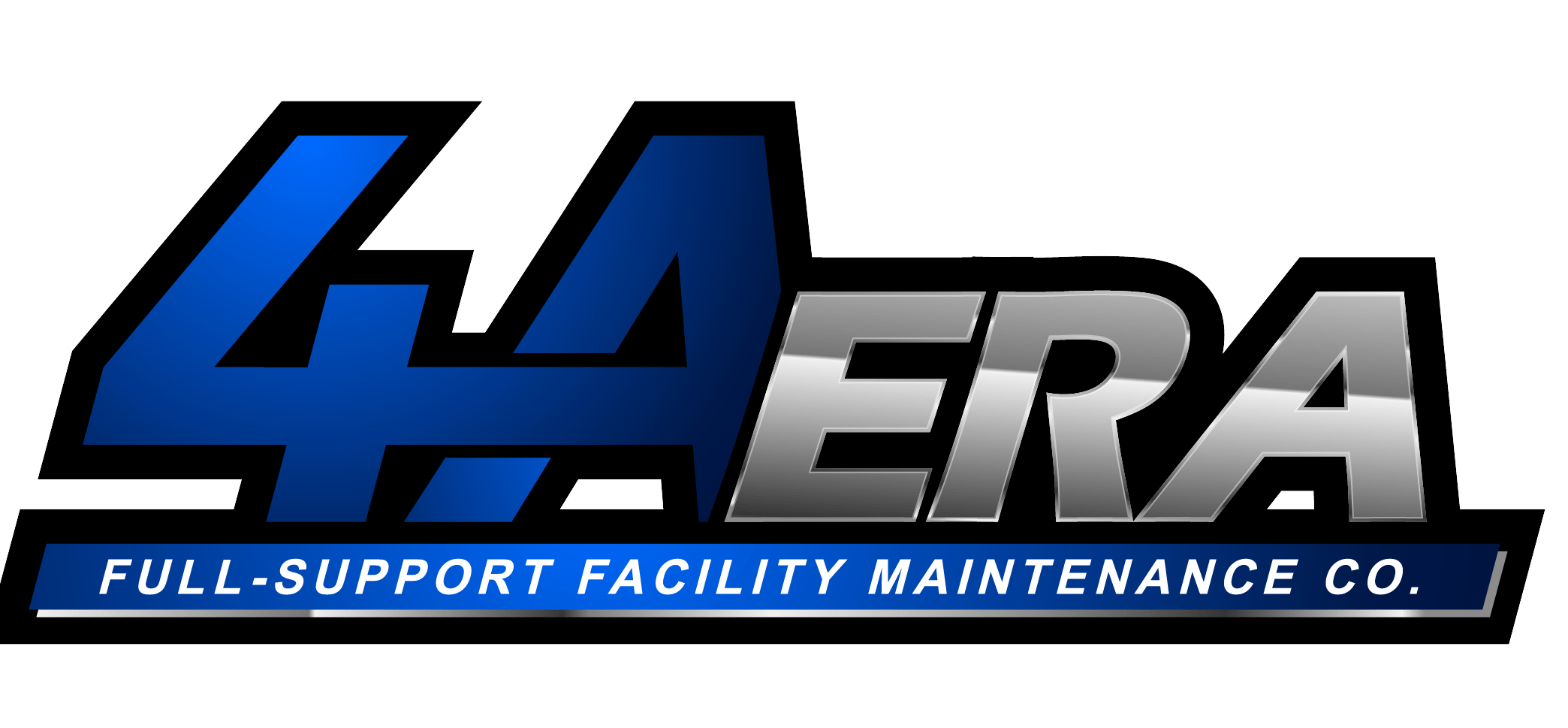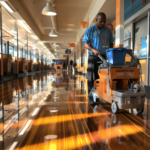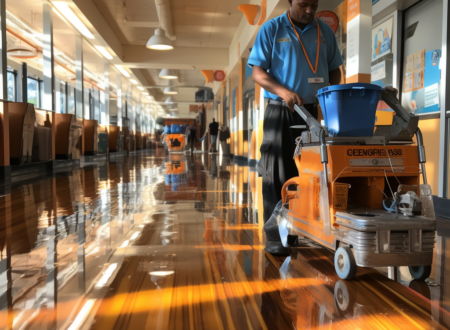Facilities maintenance in schools is a critical aspect of ensuring a safe, healthy, and conducive learning environment for students and staff. Regular and effective maintenance not only preserves the physical integrity of school buildings but also promotes a positive educational atmosphere. Here are five best practices in facilities maintenance when focusing on schools:
- Prioritize Health and Safety: The primary focus of any school maintenance program should be the health and safety of the students and staff. This involves regular checks and maintenance of electrical systems, plumbing, heating, ventilation, and air conditioning (HVAC) systems, as well as ensuring that all areas are free from hazards like loose floor tiles or broken equipment. Fire safety measures, such as functional smoke detectors and fire extinguishers, should be regularly tested and maintained.
- Implement Preventive Maintenance: Preventive maintenance is more cost-effective than reactive maintenance. By regularly inspecting and maintaining equipment and buildings, potential issues can be identified and addressed before they become major problems. This approach not only saves money in the long run but also minimizes disruptions to the school schedule caused by unexpected repairs or equipment failures.
- Involve the School Community: Creating a culture of care and responsibility towards the school facilities can significantly aid in their maintenance. Encouraging students and staff to report any issues they notice, like leaky faucets or broken furniture, can help in addressing problems quickly. Involvement programs can include student-led initiatives to keep the school clean and well-maintained.
- Use Sustainable Practices: Sustainable practices in facilities maintenance not only support environmental conservation but can also be cost-effective in the long run. This includes using energy-efficient lighting and HVAC systems, implementing recycling programs, and using environmentally friendly cleaning products. Such practices also provide educational opportunities for students to learn about sustainability and environmental stewardship.
- Leverage Technology for Efficiency: The use of technology in facilities maintenance can greatly enhance efficiency and effectiveness. Computerized Maintenance Management Systems (CMMS) can be used to track maintenance requests, schedule regular inspections, and keep records of repairs and maintenance activities. This technology helps in prioritizing tasks, allocating resources efficiently, and ensuring that nothing is overlooked.
Effective facilities maintenance in schools is not just about fixing what’s broken; it’s about creating an environment where students can thrive. By prioritizing safety, implementing preventive measures, involving the school community, adopting sustainable practices, and leveraging technology, schools can maintain their facilities in a way that supports their educational mission and provides a safe, welcoming environment for everyone.



